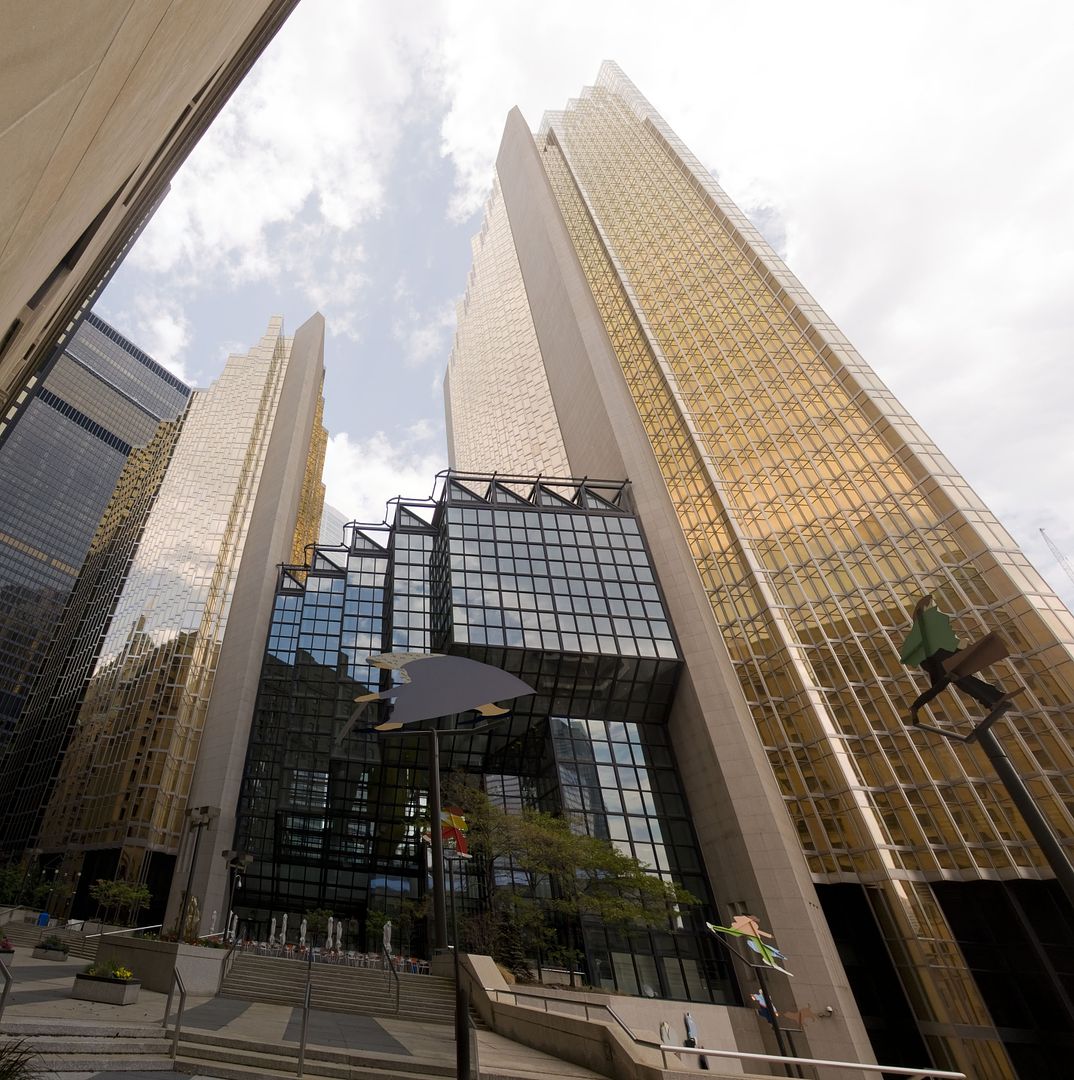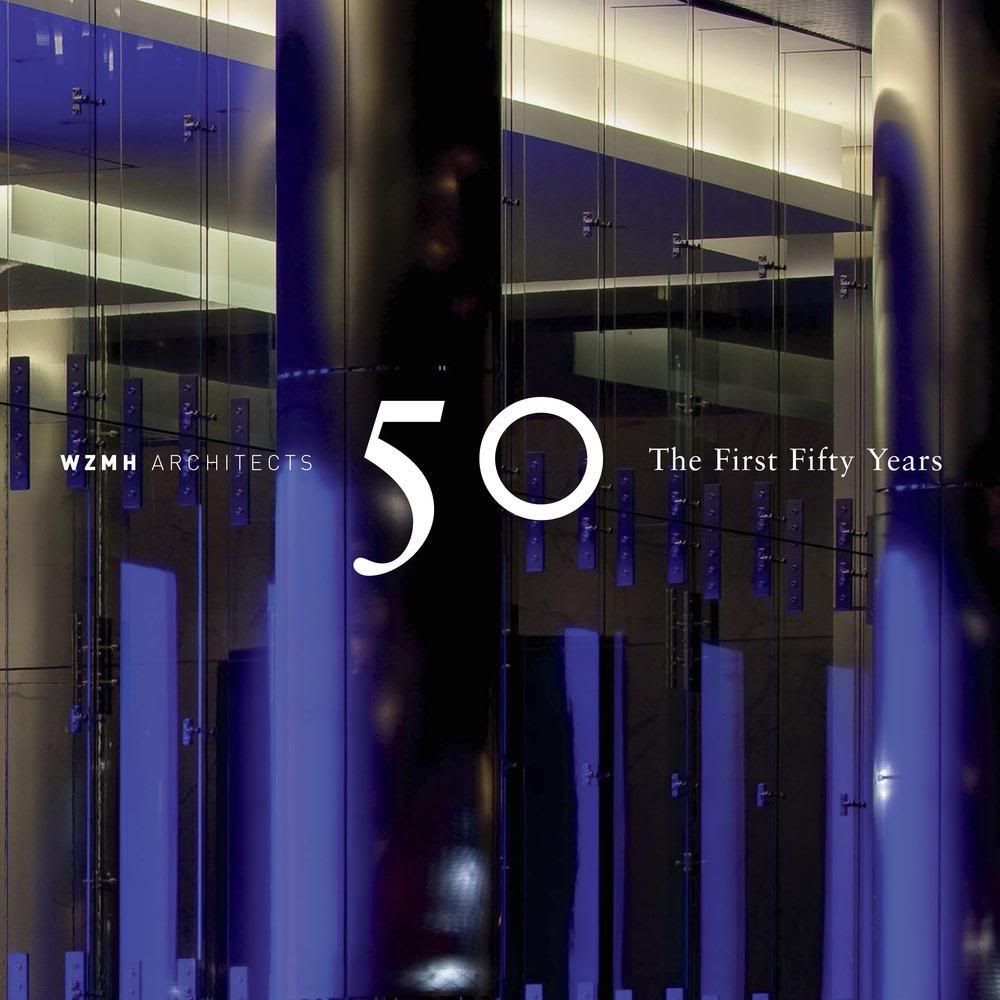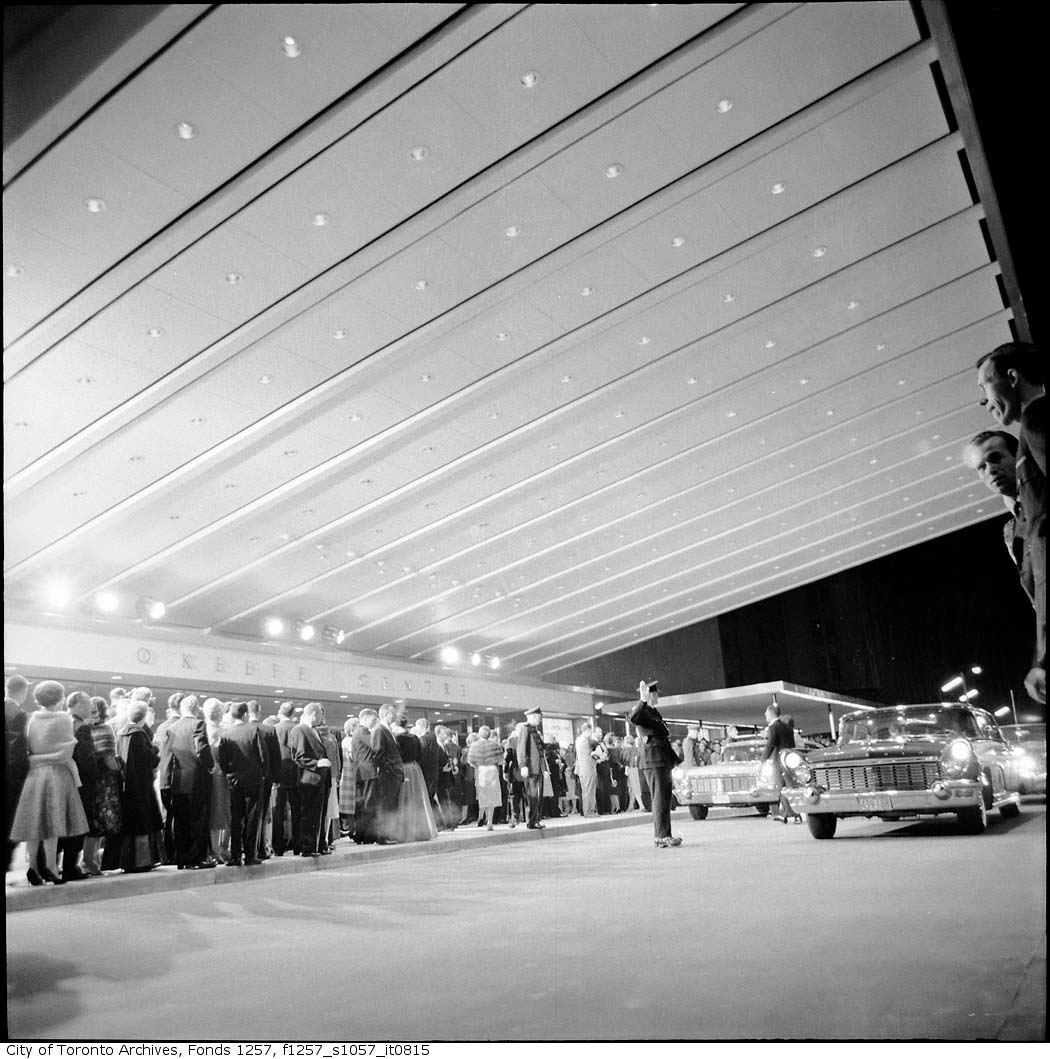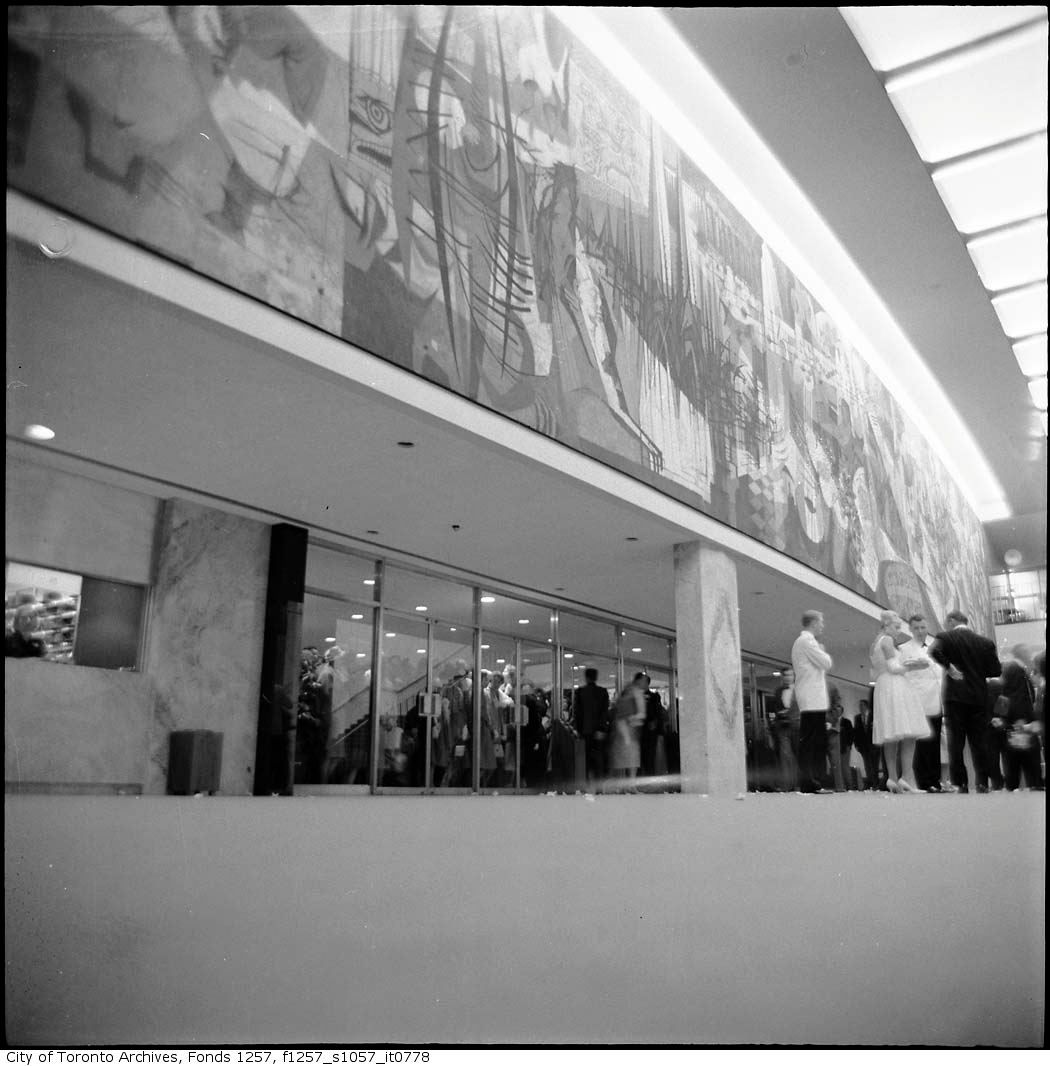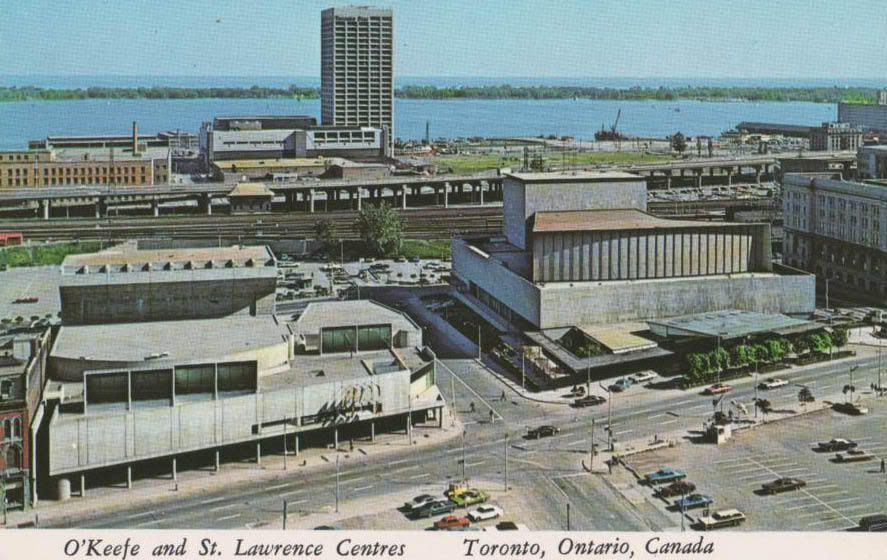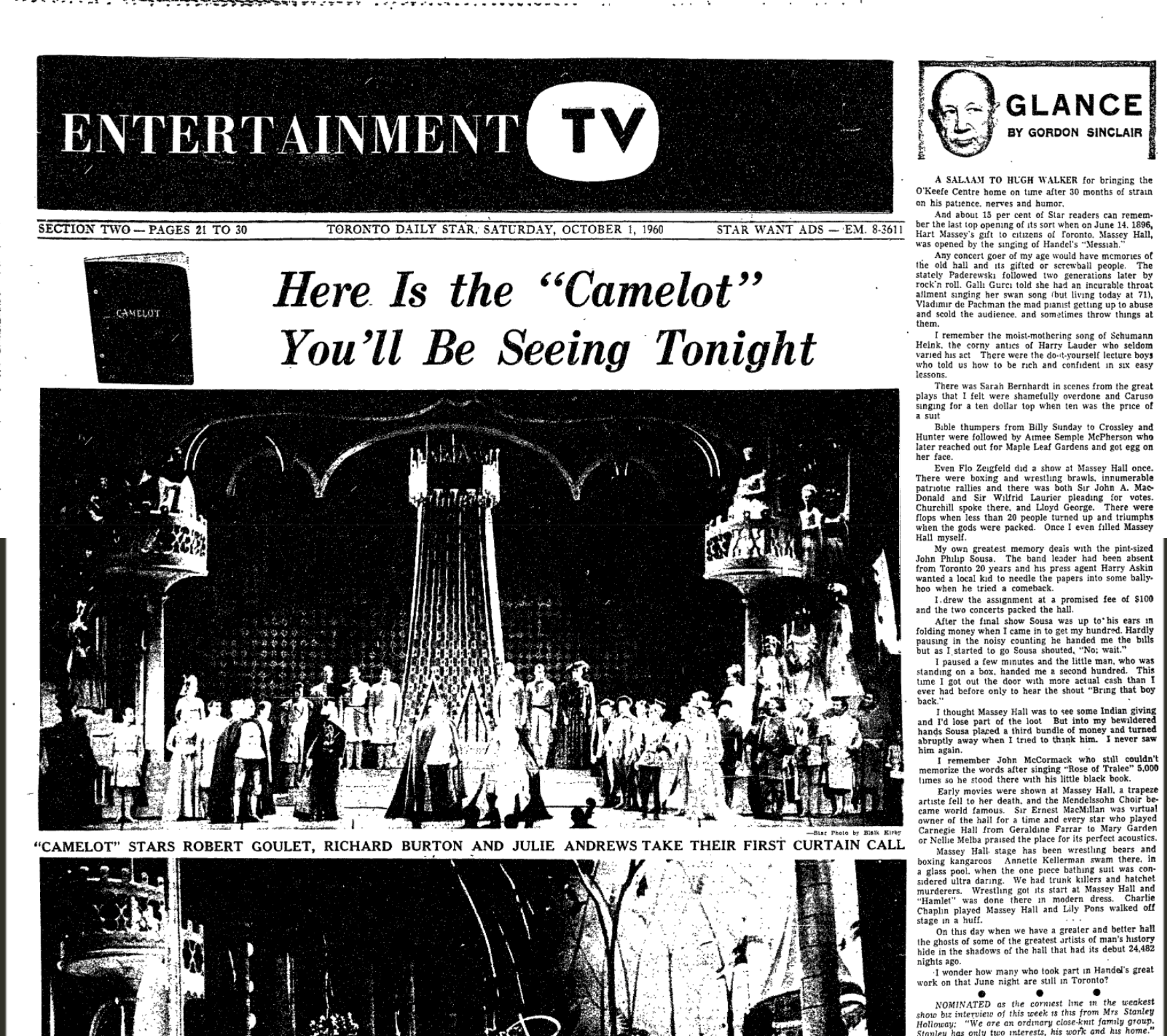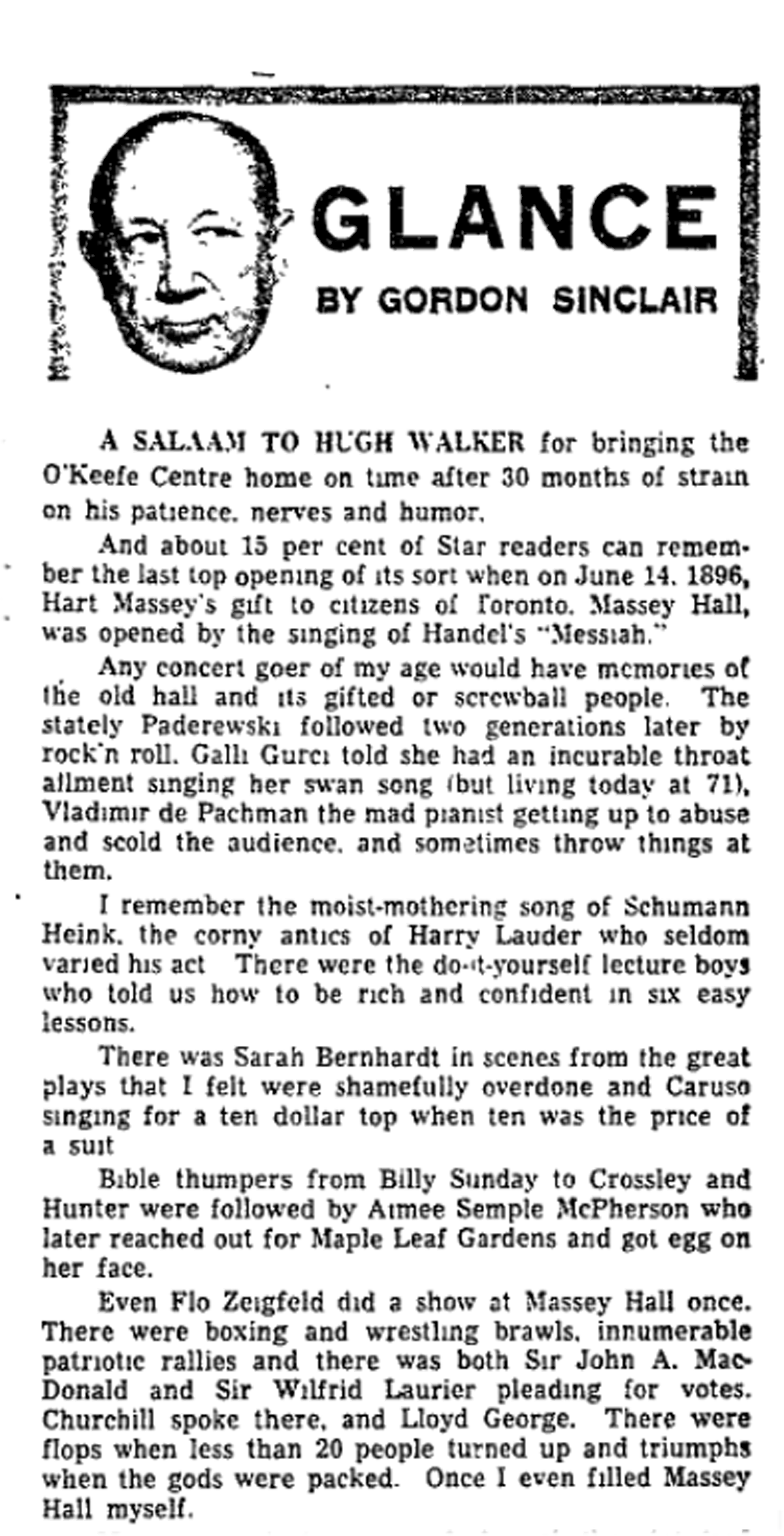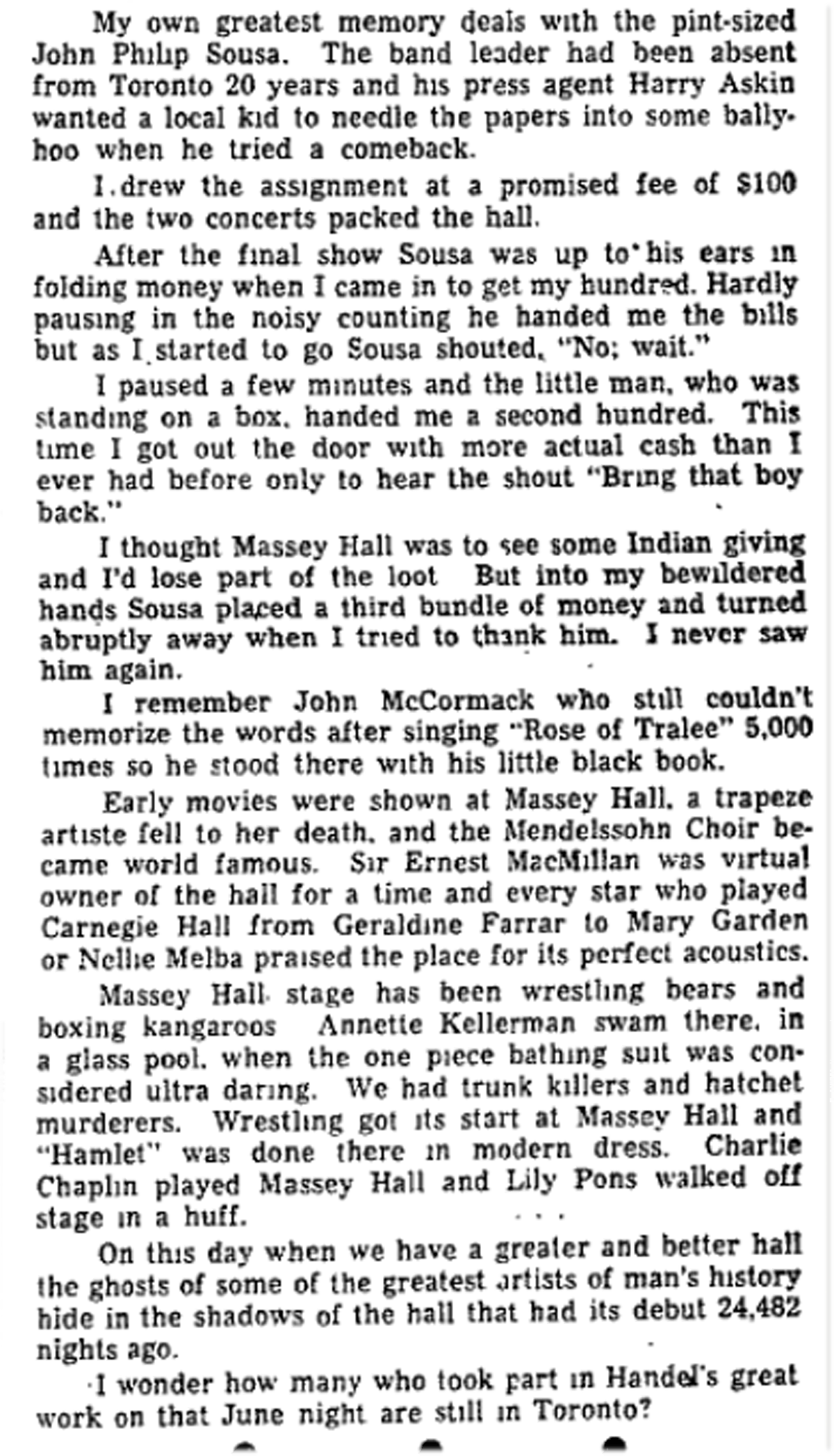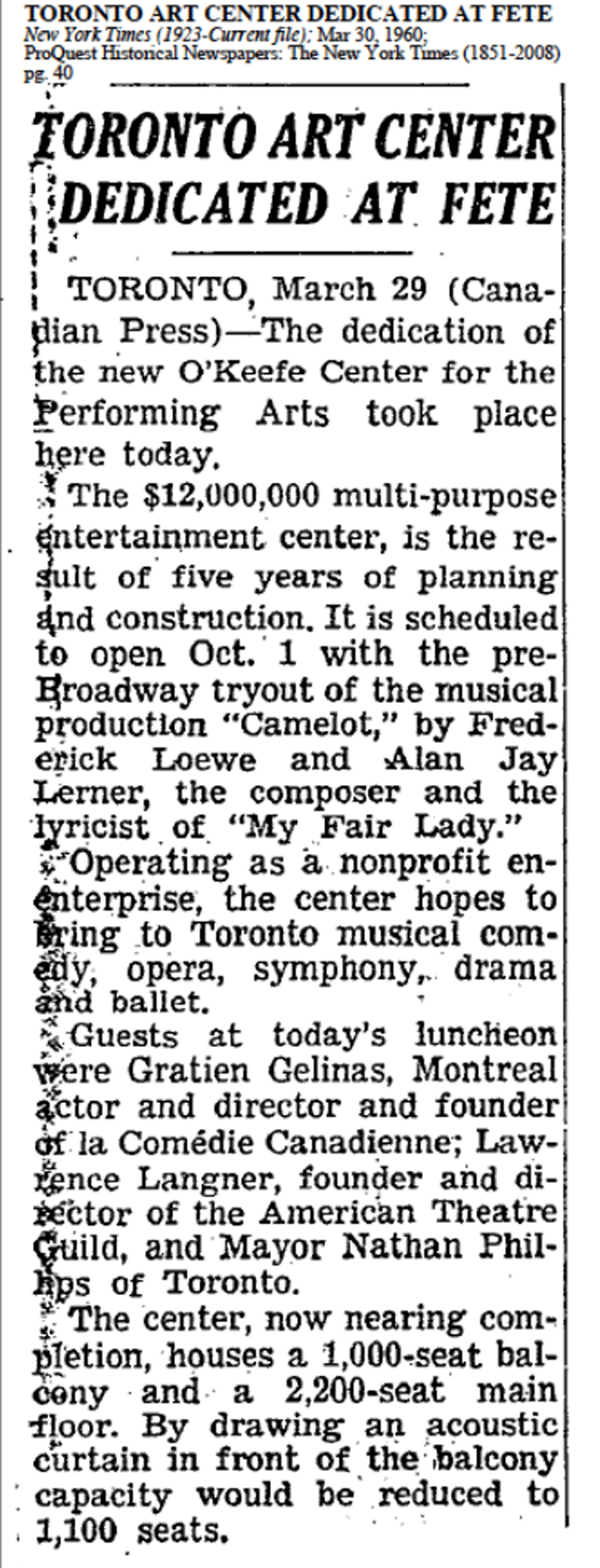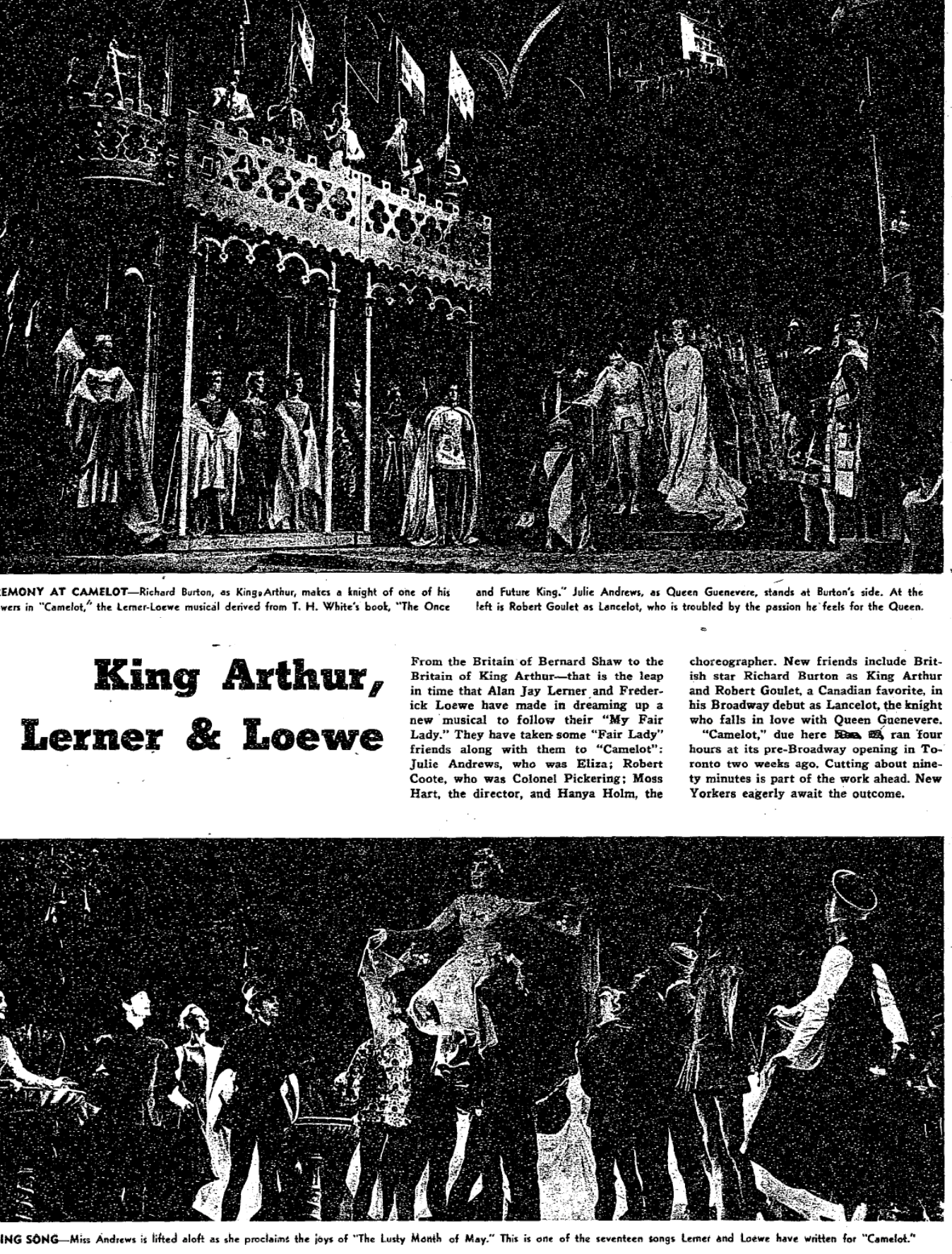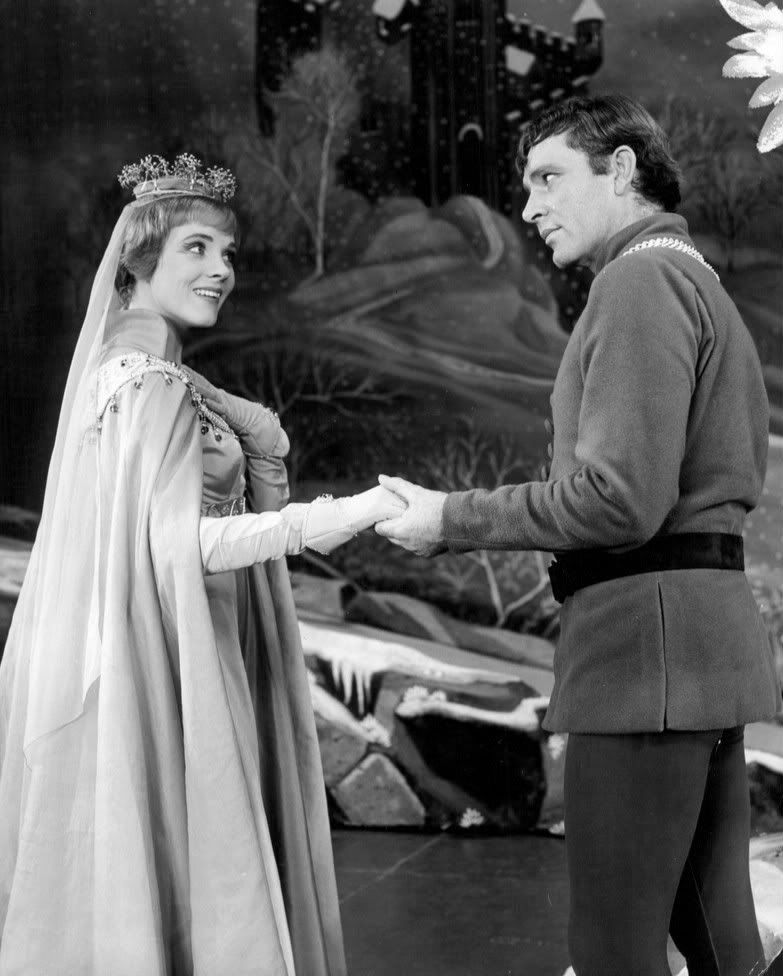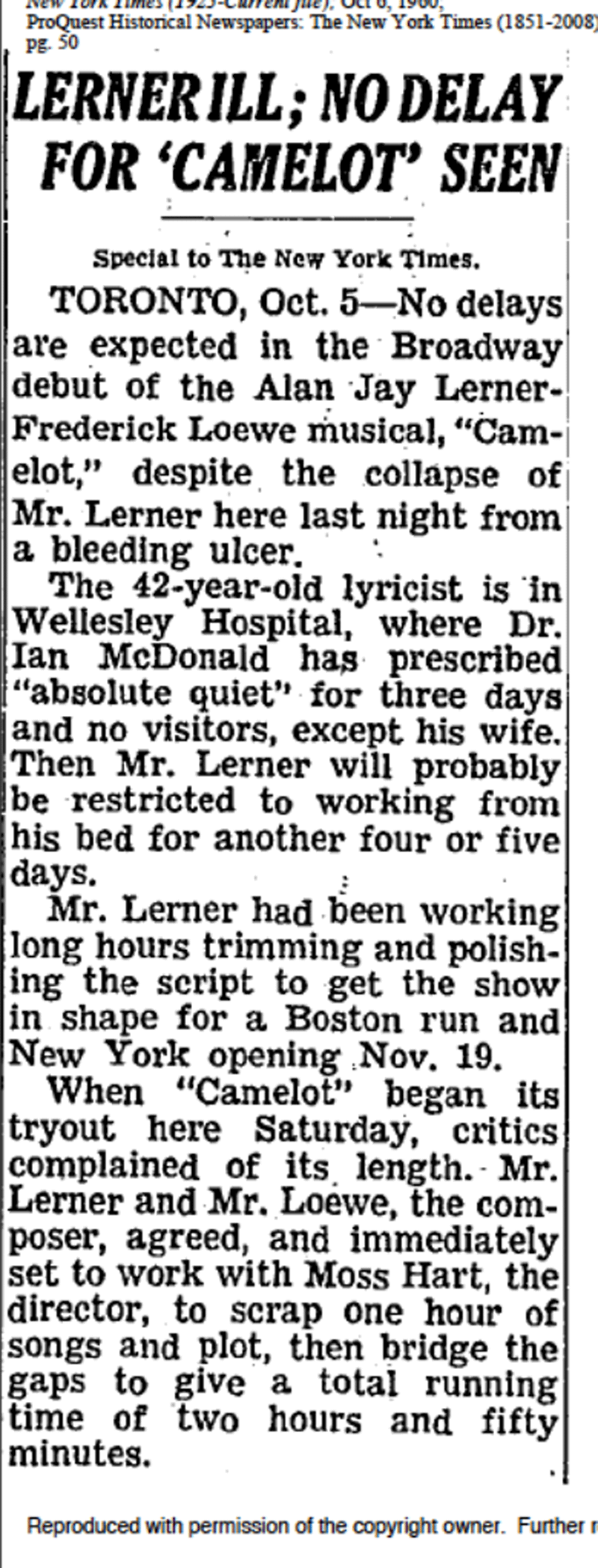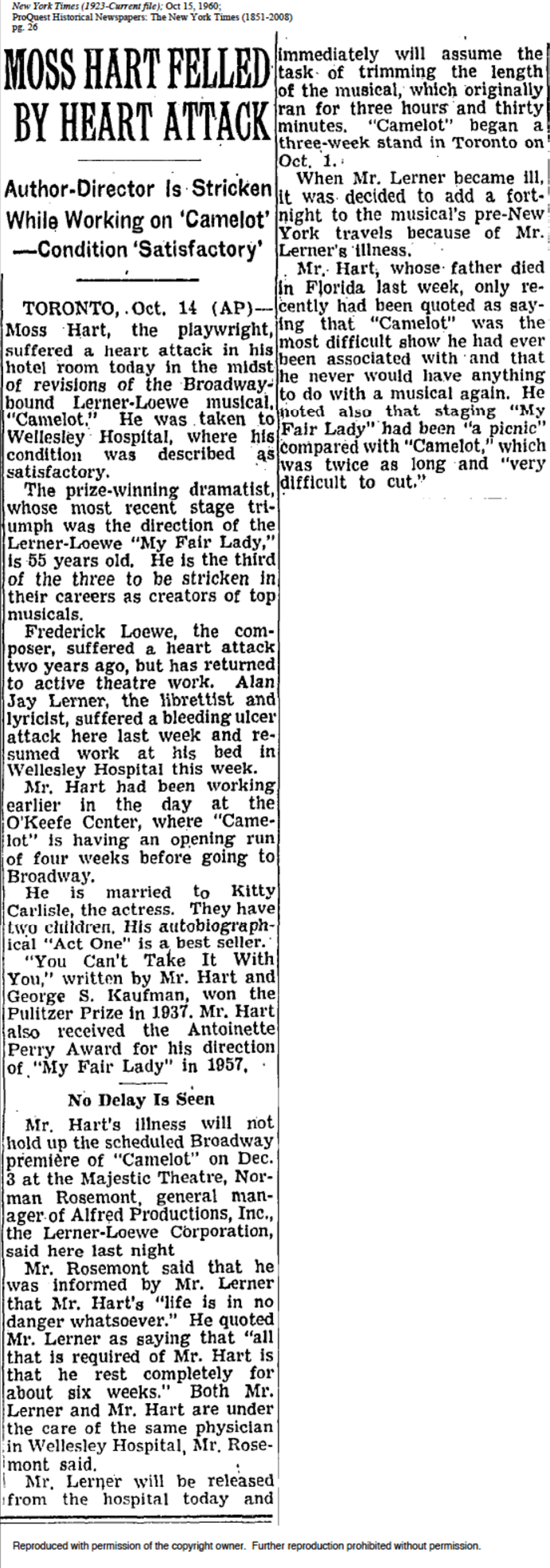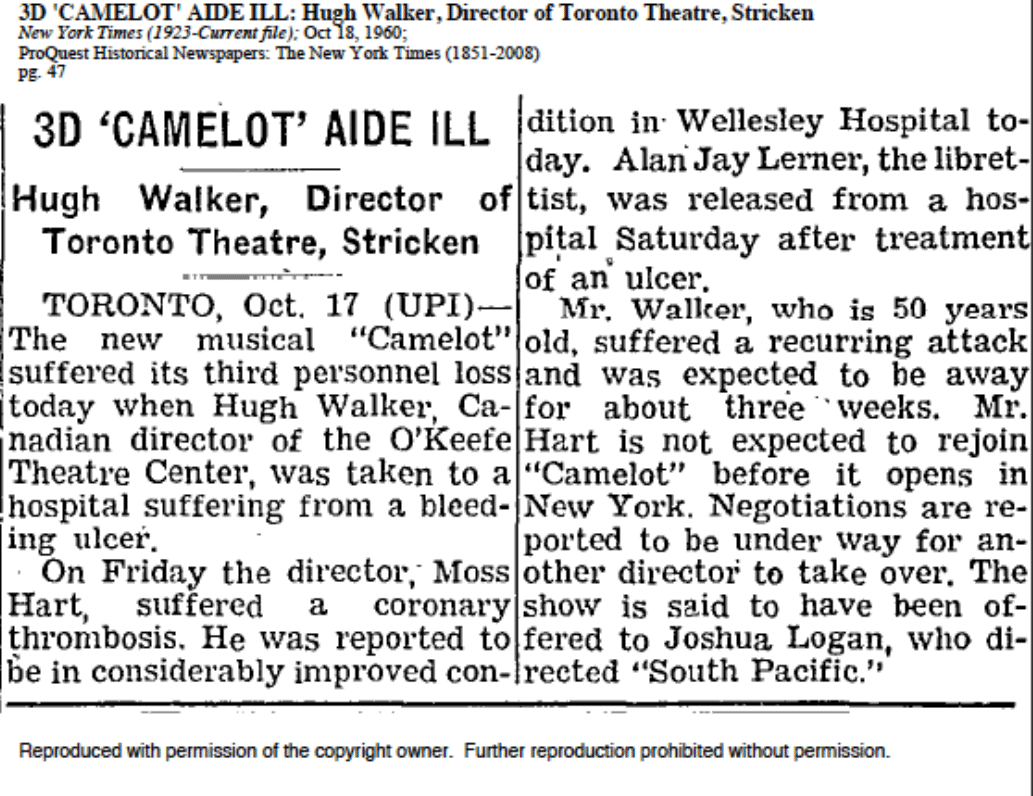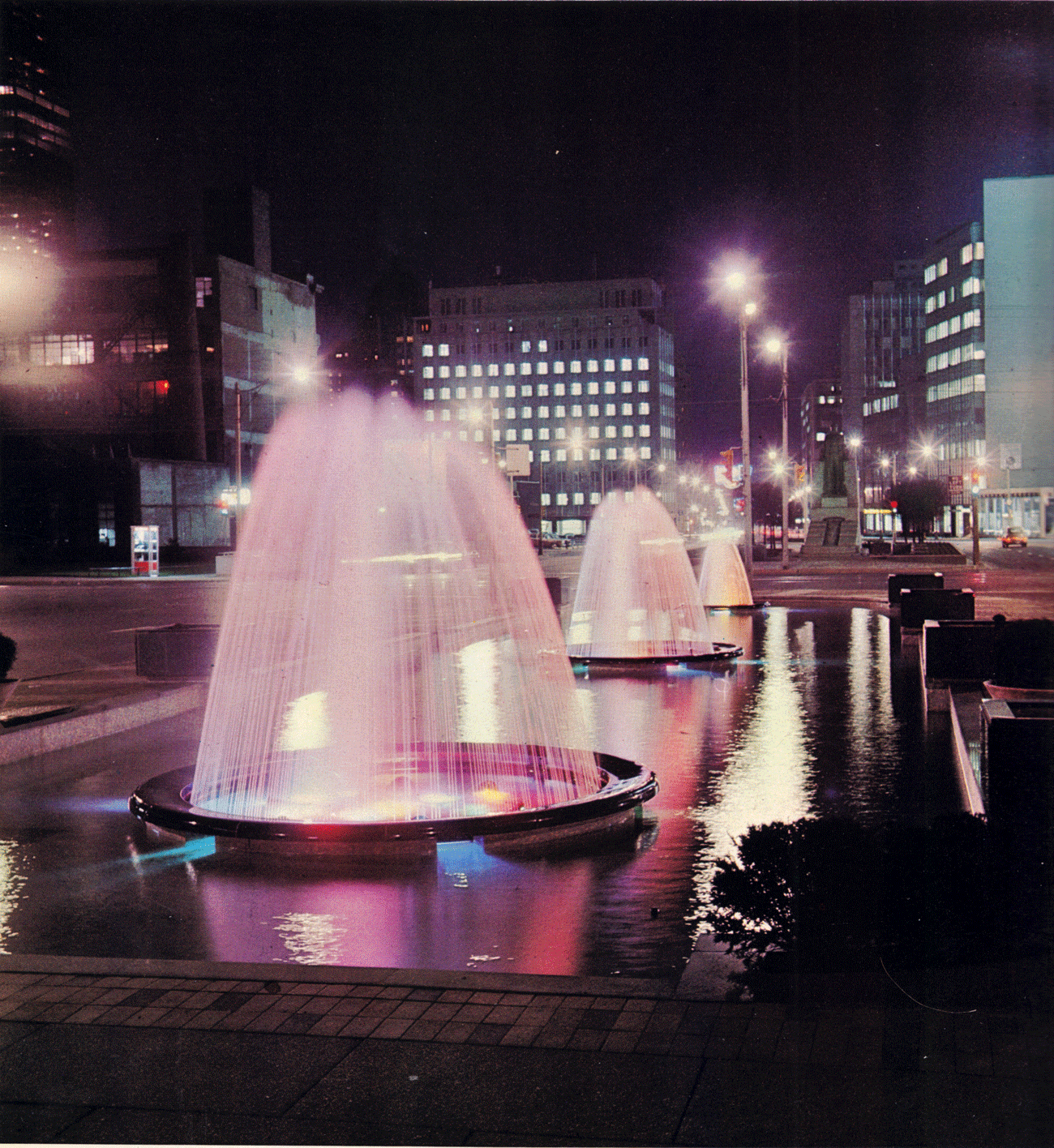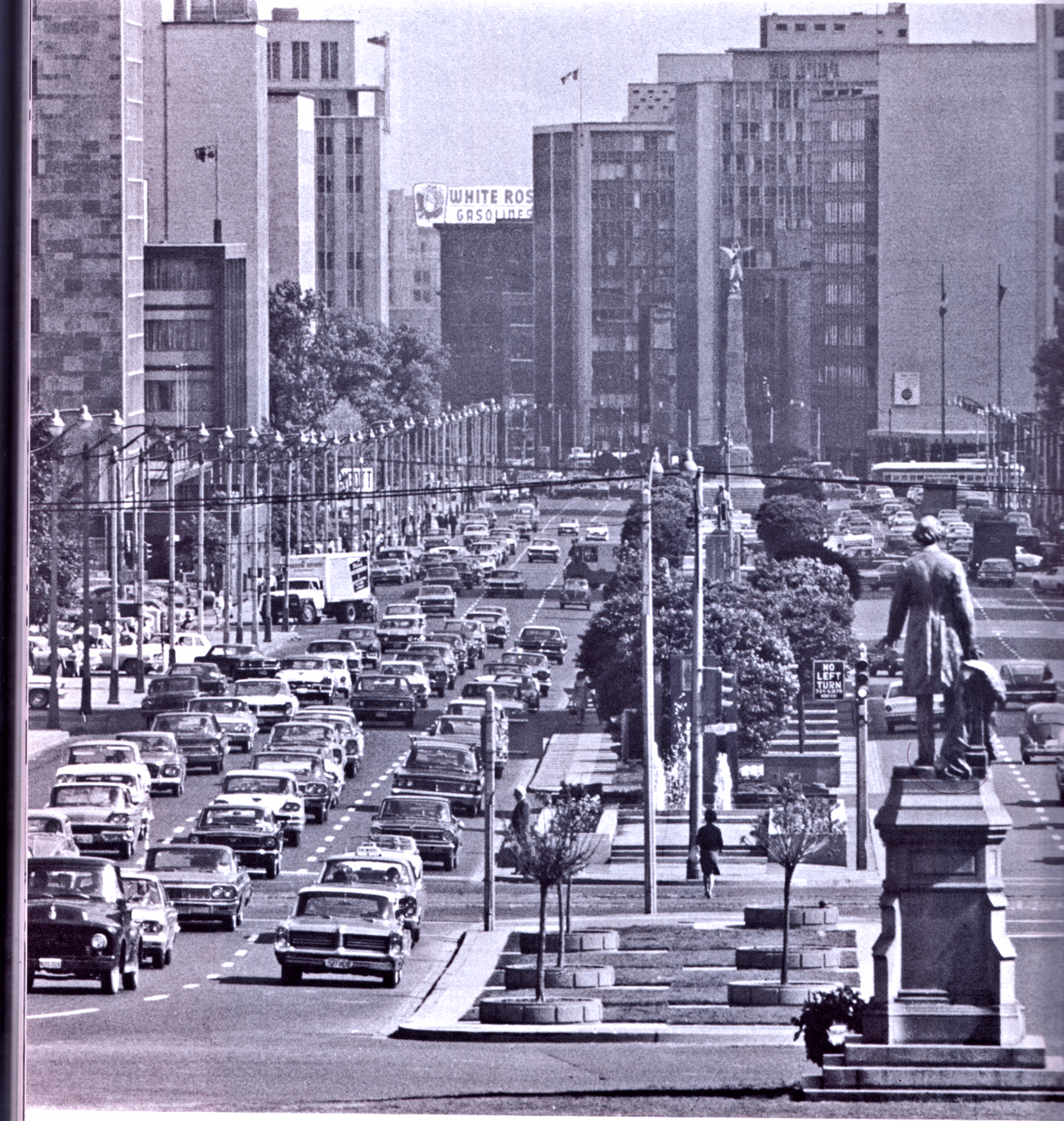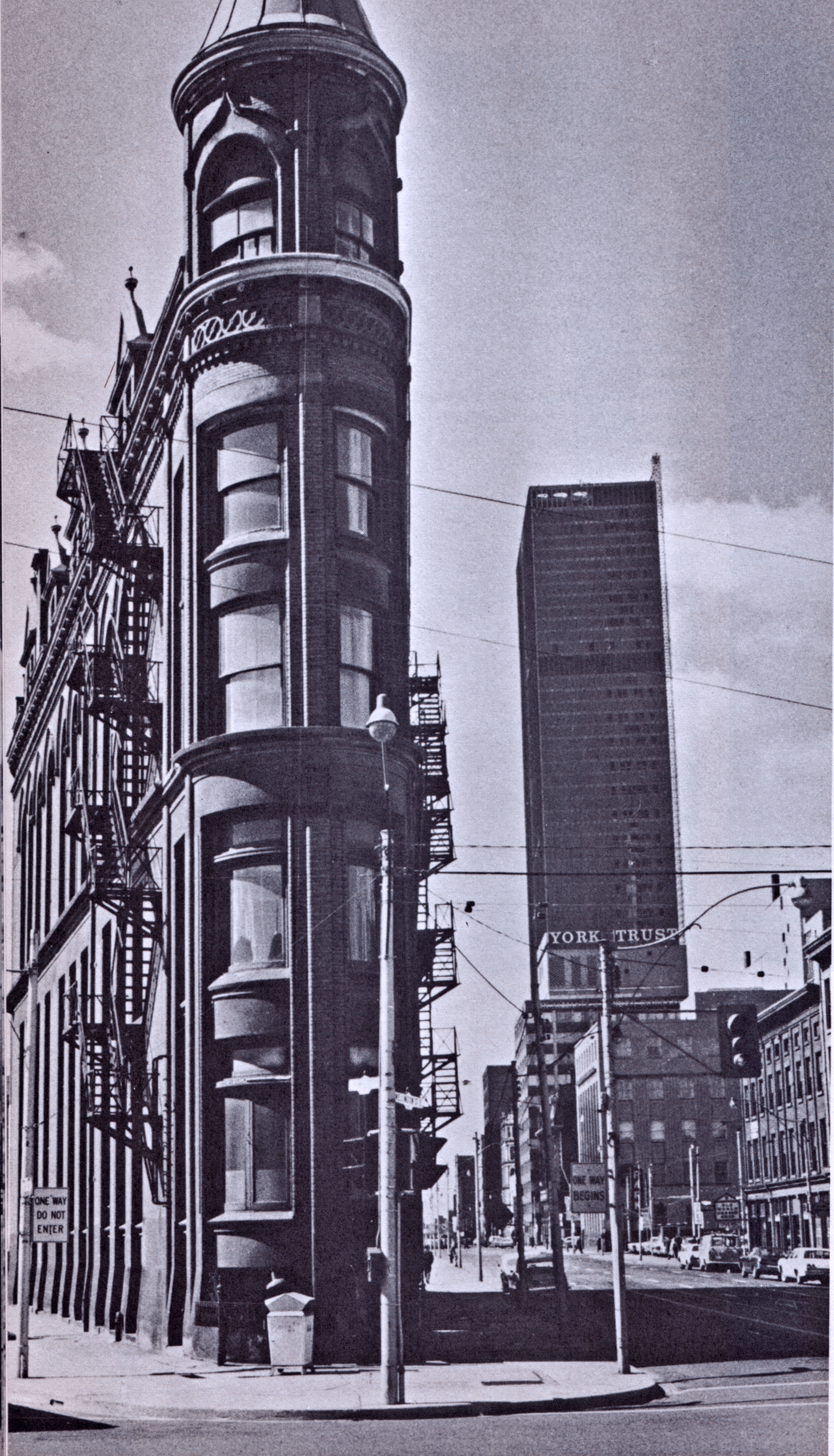EVCco
Senior Member
Submitted for your approval, the Donald D. Summerville "Olympic" Pools at Woodbine Beach - famously not quite olympic regulation size due to a measuring miscalculation - but still a striking landmark. Some pics from Google image search:





Hard to find much info about it. Even the article in Concrete Toronto just says it was "built in the early 1960s" by "local architects."




Hard to find much info about it. Even the article in Concrete Toronto just says it was "built in the early 1960s" by "local architects."





